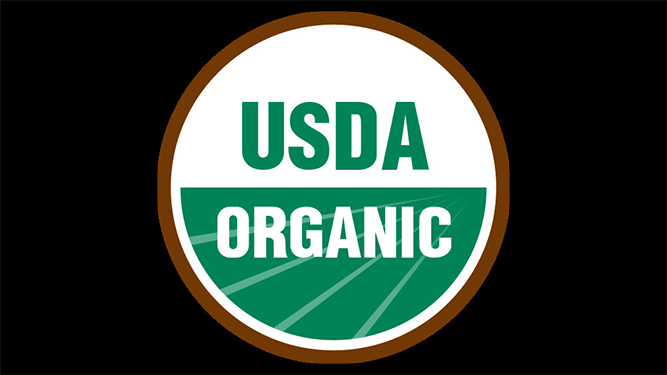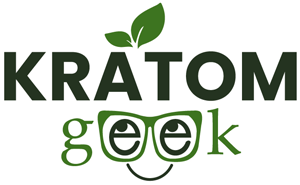You’ve probably noticed the labels “organic” and “fair trade” popping up not just in the grocery store, but across all types of commerce — from coffee to makeup, and maybe even kratom products or other botanicals. But what do these labels mean?
The short answer is that organic and fair trade labels tell you less about the type of product, and more about how the product was manufactured or grown. Organic and fair trade products have seen a spike in popularity because they promote sustainable, eco-friendly business practices. If you’re looking to shop more ethically, or you’re wanting to communicate your values as an ethical supplier, here’s what you need to know about organic and fair trade labels.
Standards for Organic
The standards behind the “organic” label are typically decided by the United States Department of Agriculture (USDA), and can vary depending on the product you’re dealing with. For example, meat, processed, or multi-ingredient foods have different, and typically more stringent, standards than produce and plant matter. The USDA organic standards for plants cover the following areas:
- Soil quality
- Pest and weed control
- Handling and packaging
- Genetic engineering
- Use of additives, hormones, or antibiotics
For produce and plant matter to be considered organic, the USDA specifies that it must be grown in soil that has contained no prohibited substances for the last three years. However, USDA standards can only apply to certain products, and when those products are imported rather than domestically grown, the USDA’s ability to certify products as organic becomes more limited. While there are still some organic imports, they are typically fruits and vegetables, rather than the full, diverse range of plant products grown and sourced from outside the U.S.
Because kratom is typically grown in select Southeast Asian countries, as well as being unregulated in the U.S. by the Food and Drug Administration (FDA), it can be hard to ascertain the quality and conditions under which products are grown or processed into capsules or other forms. As a result, independent organizations like the American Kratom Association (AKA), are working to improve sourcing standards and provide more insight and reassurance to consumers. The AKA specifically works with kratom vendors to fund research into kratom and its effects and aims to ensure high-quality sourcing practices. Their Good Manufacturing Practices (GMP) program imposes regulations on:
- Cleaning procedures of all facilities involved in production
- Product storing procedures
- Packaging and shipping procedures
- Record keeping — including batch dates, written manufacturing processes, cleaning dates, equipment list, and involvement of all personnel
In the absence of a fully regulated supply chain, being a certified vendor or having organic certified products can give both new and return consumers peace of mind.
Standards for Fair Trade
According to The Balance, in 2019 the U.S. spent $3.1 trillion on imported and foreign goods. That is a massive market, encompassing all kinds of products — including kratom — across all kinds of countries. This is where certified fair trade products come in. When something is fair trade certified, it means the product was made with social, environmental, and economic standards in mind. This means a variety of things, including but not limited to:
- Equitable pay for workers
- Safe and humane working conditions
- Products were made or harvested with considerations to environmental impacts
- All foreign traders must comply with local or national law.
Fair trade is an important label for kratom consumers and retailers, because the kratom plant is indigenous to India and Southeast Asia. This means that the majority of kratom, especially in the west, is imported and can benefit from fair trade protections. There are several fair trade nonprofits striving to improve the way we consume goods, including:
Can Products Be Both?
The short answer is yes, products can be certified as organic and fair trade. The distinct difference between fair trade and organic products is that “organic” labels have more to do with the product quality, while “fair trade” labels are more concerned with the production and labor/supply chain behind the product. Similarly, fair trade is a global effort, while organic is typically regulated on the national level (at least with respect to the USDA labeling standards). Because the U.S. has labor laws designed to prevent exploitation and protect workers, the “fair trade” label is more likely to appear on imported products, where labor laws and standards may not align with domestic policies.
Why Does It Matter?
Organic and fair trade labels matter on two fronts: the consumer front and the business front. It’s important for businesses to seek out proper labeling to keep their customers informed about the products they use in their everyday lives.
Transitioning to organic and fair trade products can also meet the rising demand for sustainable products and ethically sourced goods that consumers are filling. CNBC found that businesses that were going green were actually saving money on overhead costs.
For consumers, supporting organic and fair trade products can help reduce your carbon footprint, and encourage the continuation of eco-friendly and humanitarian conscious products by the brands that you love. Consumers can save money shopping green too, while reducing food and other wastes. Organic and fair trade labels improve the quality of our food, our environment, and allow consumers to make informed choices about the products they are buying.






